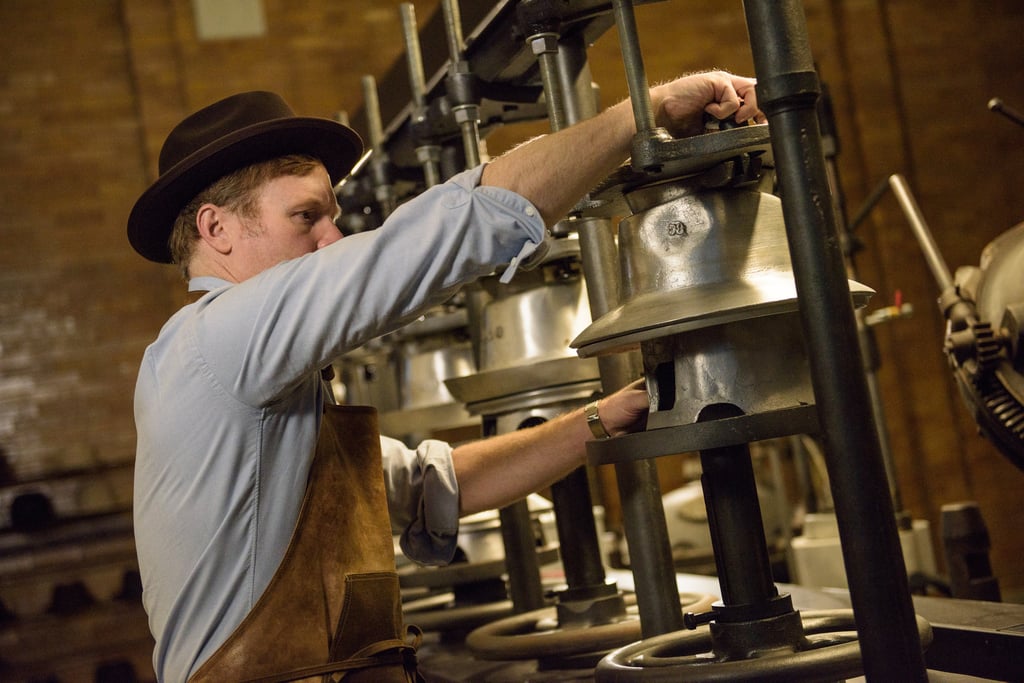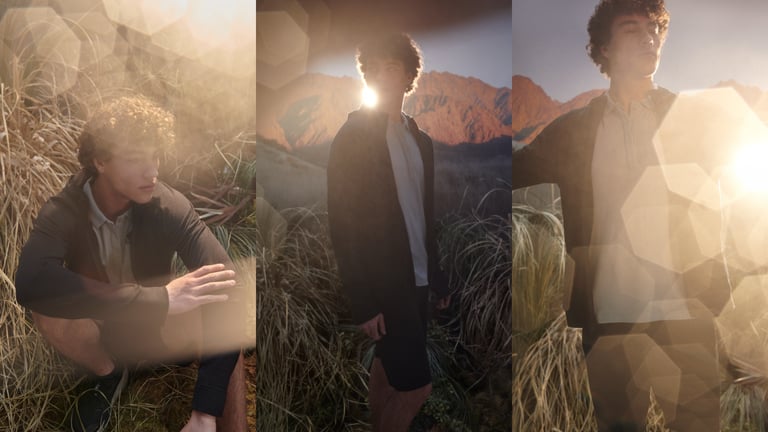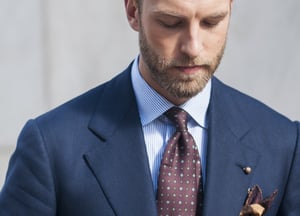50+ years ago, hats were all the rage. Every man had one – its what topped off his look. We might tip our hats to show respect or gratitude, and no restaurant would be complete without a hat stand at the door. The hat was a staple of men’s fashion and therefore the role of the hat maker was a crucial one. But as casual dress has become more and more casual, the hat has lost its once foundational place atop the heads of men and women alike. Optimo hats from Chicago are giving the simple art of making and wearing hats new life by exercising the most crucial of hat making traditions.

Optimo Hats – Understanding The Art
The craftsmen at Optimo understand that we live in the age of the disposable. Shirts, pants, shoes, all tend to go through a 1-2 year cycle before forever resting at the bottom of our wardrobes. But the hat is different. The hat has character and is made to be worn for years, if not forever. Like a handmade watch or a bespoke pair of shoes, the hat is made to last. And just as these products are imbued with pride and precision through the creation stages, so too is an excellent hat.
The Optimo shop, which was first opened in Chicago over 25 years ago, is like a time machine of the glory days of headwear. This isn’t necessarily done to add to the ambience or the experience of the place (though it sure helps), but this is what is required when making the finest bespoke hats. Blocks, pressers, steamers, sewing machines, and other post-Industrial Revolution era machinery is scattered throughout. This is because good hat making is timeless; it goes beyond a profession. For Optimo, hat making is a passion.
The Process
Optimo hats are not pumped out at the other end of a seemingly endless factory line. Instead, each hat is made to order and fitted perfectly to the head of the wearer. Therefore, each individual hat is as unique as the buyer himself. It is this bespoke process that sets Optimo apart from its contemporaries.
The process begins with a selection of felts. The fabric must be dense, regardless of its weight and when the felt is folded it should not reveal any crease marks or wear. The fabric should be smooth and constant to the touch. Visually, all the potential felts are selected on the basis of their rich colour, which is neither spotted or weaker in some areas. Finally, all the material for Optimo hats are supple and mobile, but never floppy and devoid of life.
Following the selection of the felt but the hat maker is the selection of the size from the future hat wearer. More than half of Optimo’s orders come from outside the store – both interstate and internationally. Therefore a series of considered questions are asked in order to attain the most appropriate sizing. Between each size there are three more ‘sub-sizes’, making it near-impossible for an Optimo hat to not fit its wearer exactly. Furthermore, choices of ‘ovalling’ – standard, round, or long – can also be accommodated in order to find the precise shape.

Next comes the first step in the full production of the hat: blocking. This process lays the foundations of creation for the hat, shaping it into the headwear it will soon become. Through a complex yet classic machine, hats are stretched and steamed, forcing the material into the exact shape the block supplies it. Similar to the blocking process is decatising – an extra precautionary step taken by Optimo to ensure a strong shape and hold. This part can also be referred to as the ‘baking’ of the hat as it hardens and solidifies. Pouncing is the final step in this initial stage, which includes sanding and buffing out any finer details of the hat.
RELATED: ‘The Curious History Of The Suit’
Once the large machinery has worked its magic, the finer details are added. This is mostly done via a series of sewing stages, adding charismatic appendages to the core product. These appendages include brims, linings, sweatbands, and ribbons. All sewing is completed on old-style Singer showing machines, as it would have been done half a century ago. This is also the time when any loose threads or imperfect linings are made just right.

Finally, the finishing touches are put in place. The brim is ironed and flanged into the desired style of the wearer, while some light buffing and steaming once again ensure a sturdy, lifelong shape.
The next touches of personalisation are up to the wearer. From the jungle to the city, the nightclub to the restaurant, the effects that the wearer brings upon his bespoke Optimo hat is entirely up to him. But as a general starting point, your very own Optimo hat could start life as one of our favourites.

The Lasalle In Dove Gray
The slope-back fedora was a favourite of the ’50s and its timelessness persists to this day. Gentle sloping and a medium-sized brim makes The LaSalle a fairly versatile wear.

The Nashville In Forrest
Not quite a cowboy hat, The Nashville has proportions that won’t overwhelm your face or your character. Perfect for the outdoorsman, Optimo recommends a flared brim or a pinched crown for a new look on an old classic.

The Metropolitan In Onyx
This hat style is especially daring, chosen to be worn by anyone from rockstars to politicians – but rarely few professions in between. The Metropolitan is a traditional shape, coming mainly dark blue, black, or grey.

The Fastback Fedora
Reaching deep into their archived references, the straw Fastback Fedora is an immediately recognisable hat, perfect for summer style. The hat is based off a French mould that still holds the of strength since its heydey in ’40s.
For the perfect style guide to wearing hats like those made at Optimo, read about Luca Rubinacci in ‘Rubinacci Napoli: A Story Of Family And Heritage.’
















